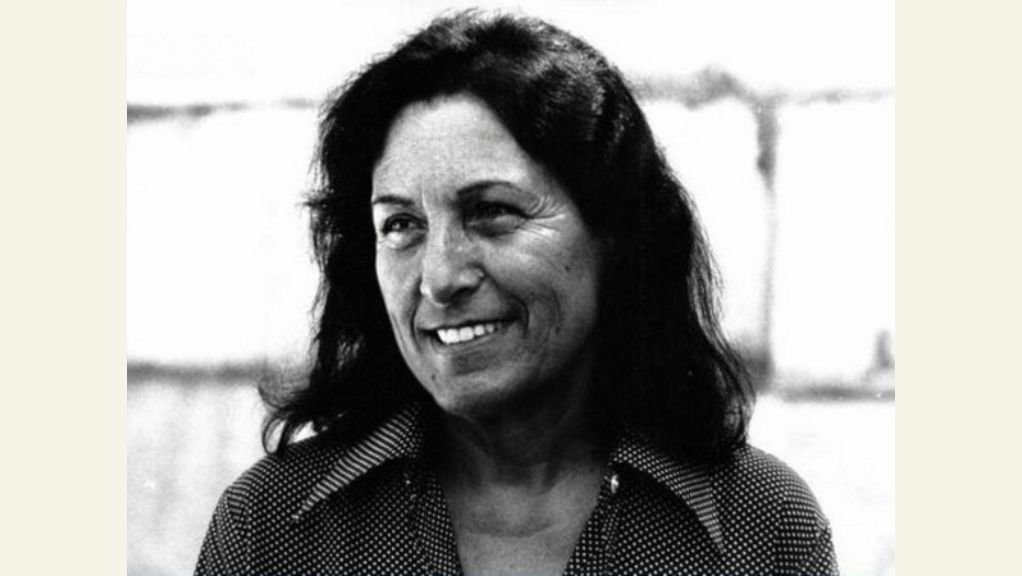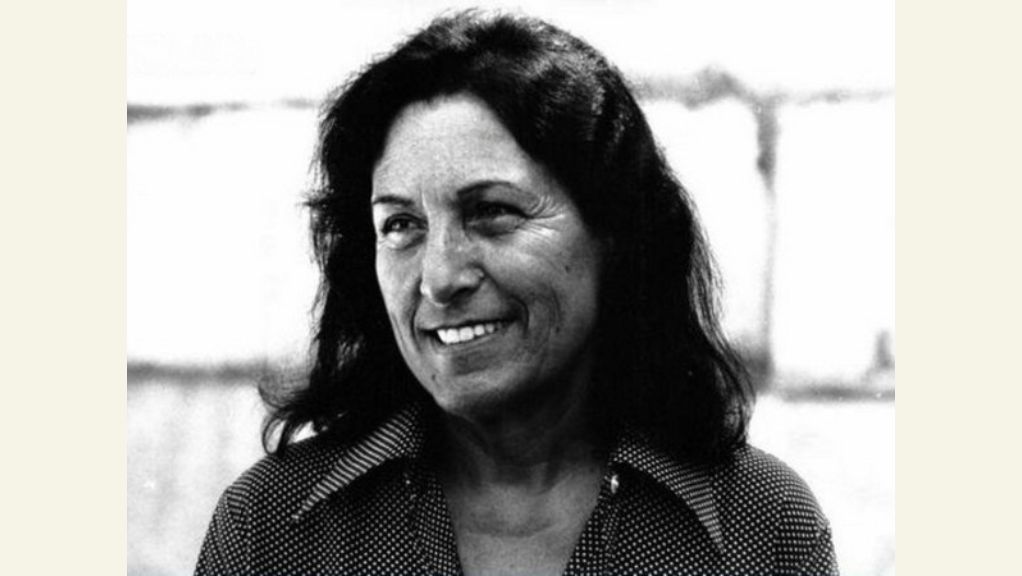The work of Milena Milani, a versatile and contradictory writer, has been forgotten by Italian readers. Her texts, which have never been reprinted and are not available on the market, speak of a woman who never bowed to the conformism of publication.
Daniela Tani
Anyone who is curious to know the work of the forgotten writer Milena Milani, born in 1917 in Savona, and contemporary of great writers such as Alba de Cespedes, Sibilla Aleramo, Natalia Ginzburg, Goliarda Sapienza, and wants to start directly from her texts , he will find himself in front of a wall of practically inaccessible books. His texts, available only online and classified as “second-hand”, have never been reprinted. Readers can find very expensive precious editions with original covers perhaps designed by famous painters he frequented as a gallerist.
To this versatile writer A fundamental contribution to the panorama of his time can be recognized on several levels: his first-hand attention to the currents, movements and artistic life of the second half of the twentieth century is witnessed by documents and articles appearing in newspapers and photographs. Milena Milani was able to move between writing, contemporary art, organizing events, publishing, in all the artistic forms with which she experimented, especially in the poetic and prose fields. Her qualities as a writer were also revealed in the field of journalism, art criticism and the production of painting and ceramic writing thanks to which, until 2013, the year of her death, she received international recognition.
A subsequent obscurity was probably due to some of his private events: on the one hand, the link with the art dealer Carlo Cardazzo – already married at the time – and the joint work in the Galleria del Naviglio at via Manzoni 45 in Milan and the Galleria del Cavallino in Venice, publishing house and printing house where she took her first steps as a poet and writer. On the other hand, the scandal that followed the publication of her most important novel, in which the account of a homosexual love earned her censorship and trial. The news is witnessed in some articles of the time that appeared, for example, in La Stampa on March 24, 1966 (Milena Milani was sentenced to six months for The Girl Named Giulio) and in L’Unità, with the same date and filing of Giuseppe Ungaretti in defense of the author: “having a certain experience of art I can confirm my faith (…) in the work of M.M. no attempt is made to offend modesty. There is only the search for artistic expression.’ Milena Milani was acquitted a few years later.
Beyond the various studies on the author’s work, paying attention to her work today also means insisting on the reprinting of all her novels and poetry collections, simultaneously dealing with the biography associated with them and emphasizing her complete attachment to the sense of freedom as woman. A freedom that appropriates sexual choices foreign to the moralism of the time, as a worthy harbinger of the advent of feminism.
“These are the things of life.
Things that happen to everyone, men and women in this world. Or at least, I was the one who thought so, who believed that what happened to me happened to others.
I didn’t actually know the others.
Since I was a child, solitude (that unusual, long, desirable word) had made me meditative. (…)
I do not escape loneliness, nor do I seek it: it is present in my way of being, of having life. (…) I am lost in my loneliness as a Jules girl.
Why a name, a clue, a clarification for me?
Why am I looking and not finding?
But what am I finally thinking to look for?
In me, who have reached fifteen years, and who will reach the next, there are impressions that nothing will ever be extinguished, an event accumulates on an event, a sensation on another sensation, a certainty on a previous certainty, nothing is worth the truth, if truth be on this earth’, from The Girl Named Giulio, in the 1968 Longanesi reprint.
“I realize critics don’t know much about me. Besides, I never talk to critics,” he writes in the preface to his reissue Story of Anna Drei (Milan 1978). Milena Milani shares this indictment of the dubious ways of a literary establishment with other writers such as, for example, Sibilla Aleramo and Alba de Céspedes. Compared to these methods, he uses the imperiousness of a tone that leads him to utter a real one blame It is addressed to literary critics who “do not read, and if they read, they do so when the author is at least a mayor and a relative of a large industrialist, or a relative of the old and important writer or the critic who is also a rector.” .
At the center of the controversy of his personal affairs seems to have been himself Story of Anna Drei who was among the three finalists for the Mondadori Prize along with The hard partby Oreste Del Buono and others In Australia with my grandfather, by Luigi Sanducci. Hers was the only work selected by a female author, even compared to the thirteen selected for the final selection phase. But the assessment must have provoked heated discussions among the jury members to the point of leading to the resignation of one of them, Virgilio Brocchi, who wrote heartily to his friend and publisher Arnoldo in January 1948 that he had chosen to resign precisely because avoid giving too much negative publicity to the publishing house by making clear its desire to distance itself from the final verdict. The plot of the novel which, as Milani underlines, had led her to win over two male competitors, was not forgiven: “I was and am a woman. At that time a female creature who dared to break a taboo had no right to do so,” and it is not clear whether she was talking about Anna Drey or herself.
His inscription The heavens were unknownhis first poetic effort, published by the Galleria del Cavallino in 1944, read as follows: “I have you all before me | and i’m alone | I am a woman who lives | calm | I’m not harming anyone.”
When I started researching her life and work, I knew the author as the enigmatic artist with a strange name due to its similarities and famous for publishing The girl named Julio. In search of the history of Italian literature from the 1930s onwards its presence in writing paths and literary dictionaries is very rare. A presence that deserves to be explored in greater depth in the more complex context of integrating women’s writings into the historiographical canon. Indeed one of the most authoritative texts written about her by Professor Gianfranco Barcella, Invitation to read Milena Milanireleased in 2013 in Florence, can only be consulted in the Marucelliana library, while Renato Missaglia’s text Milena Milani, memories and encounters 1978 you can consult the Primo Conti Foundation in Fiesole by appointment only.

Did you like this article?
To continue bringing you quality content, MicroMega needs your support: DONATE NOW.



